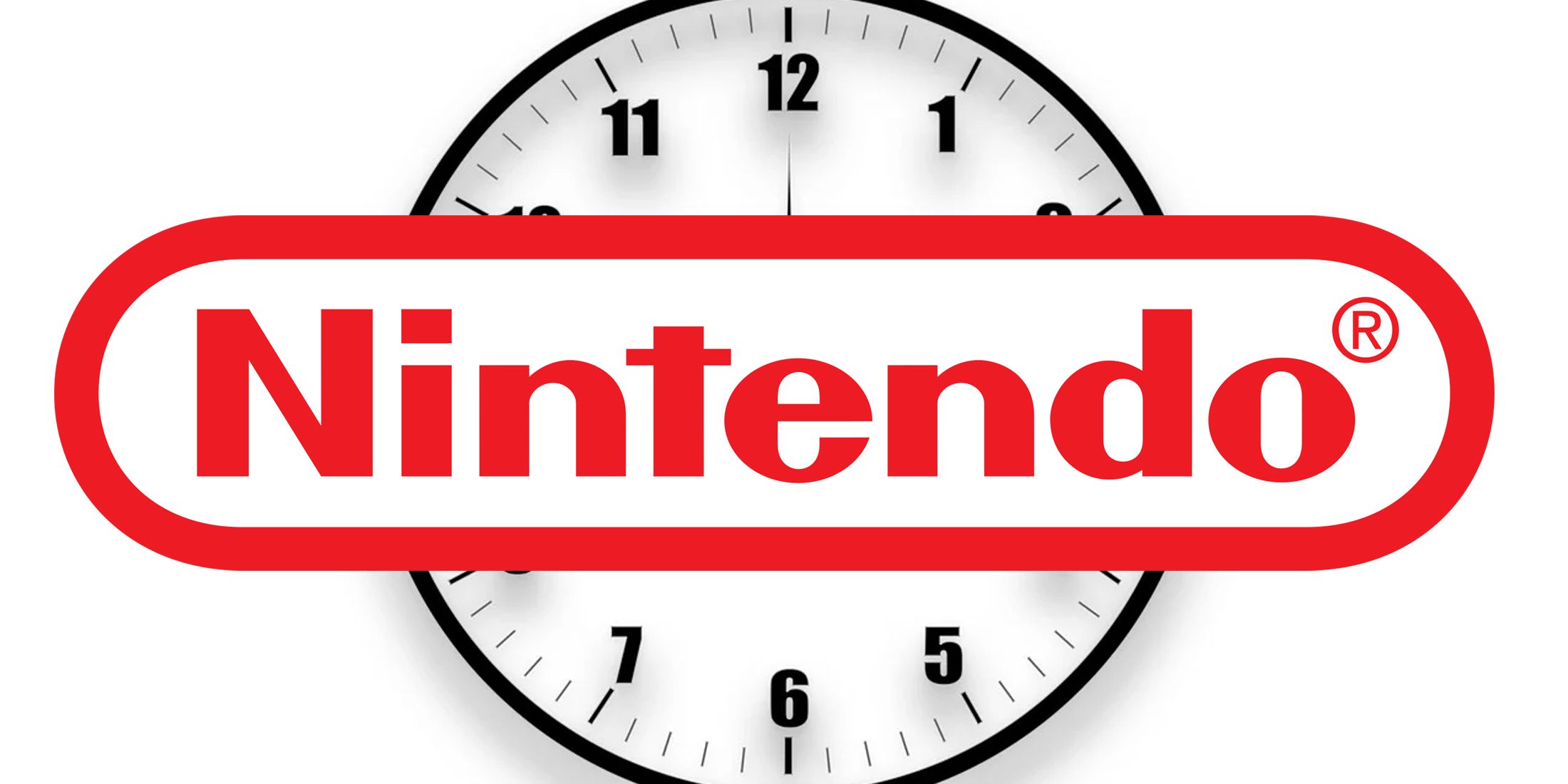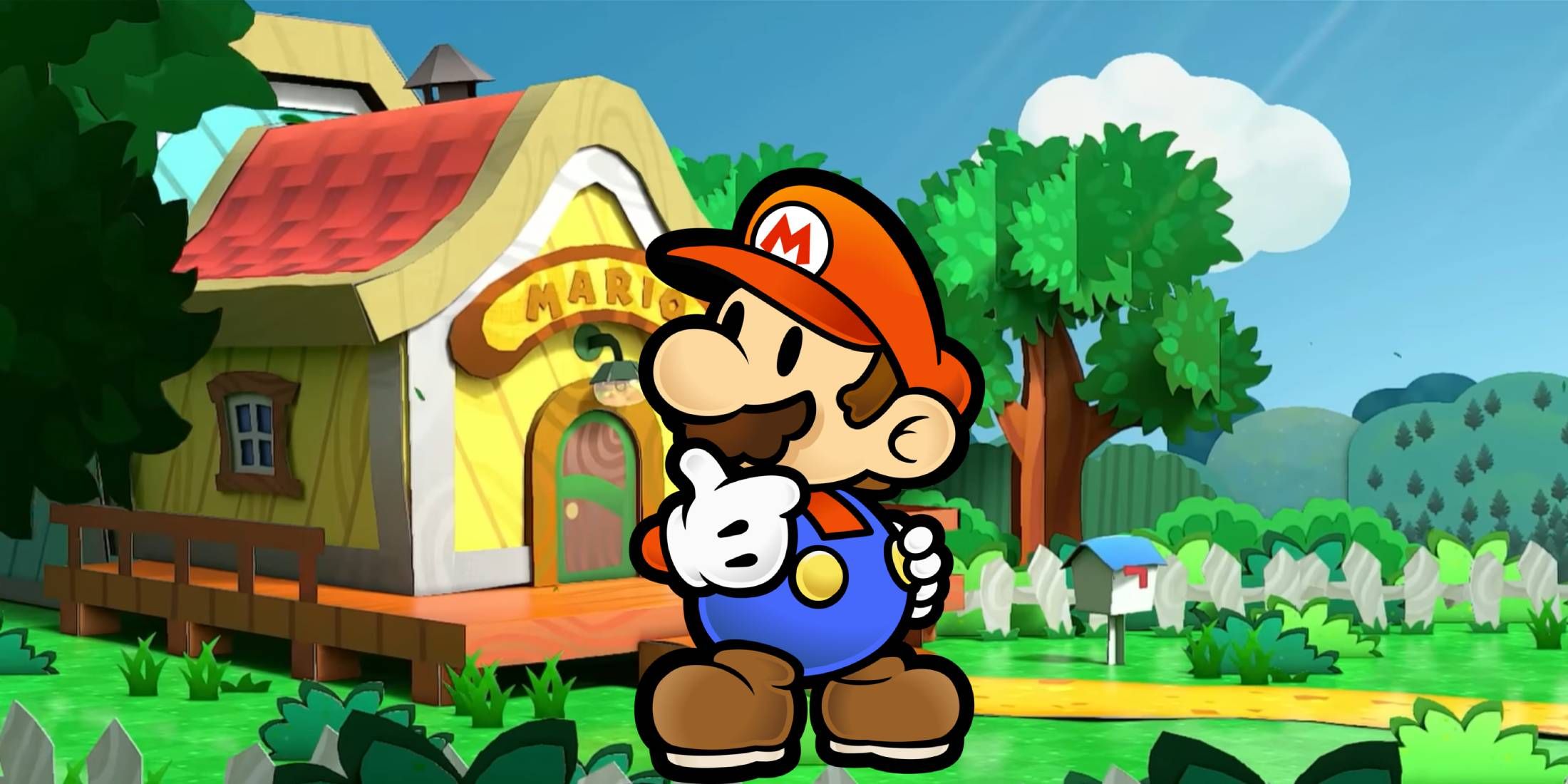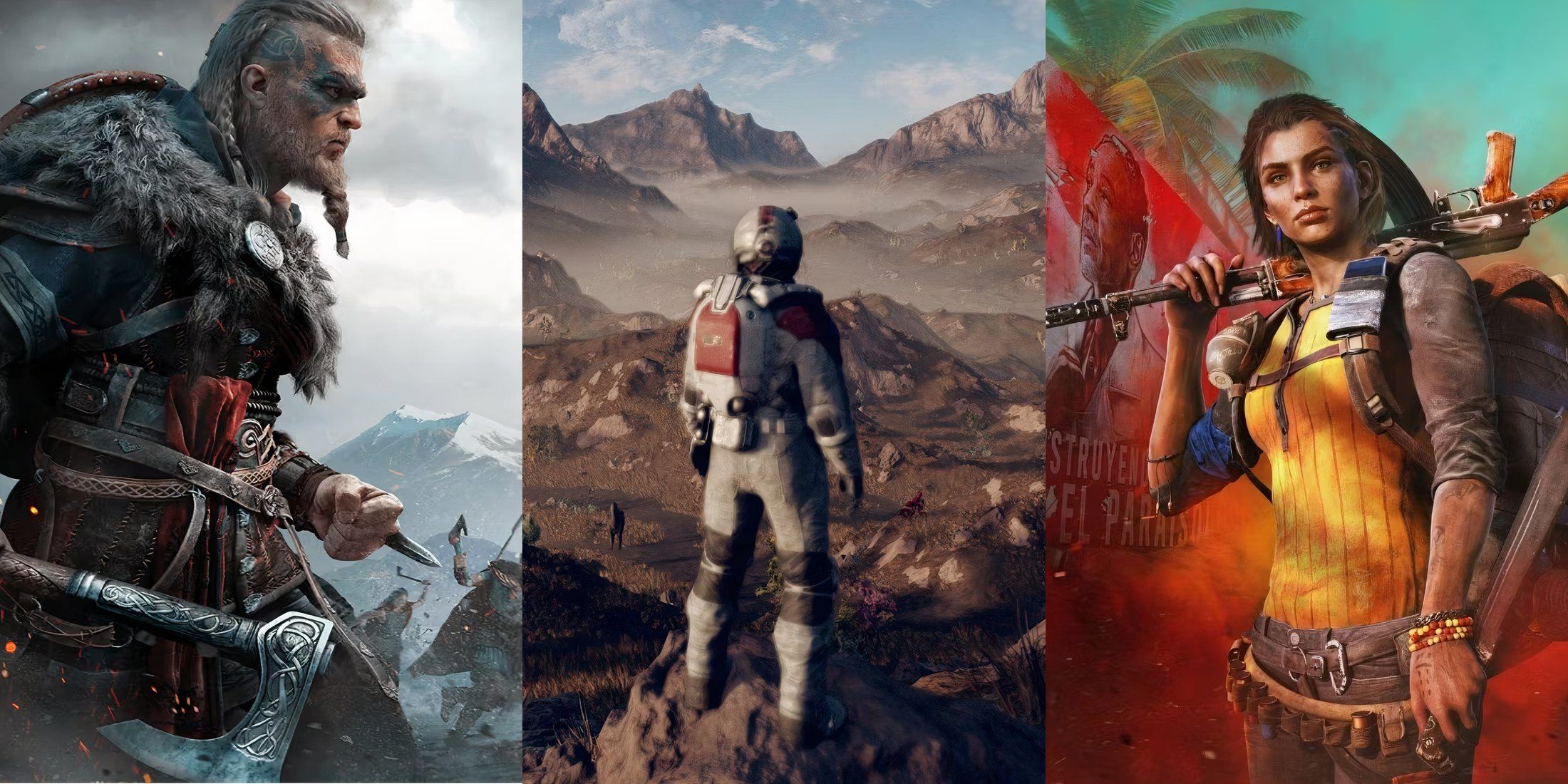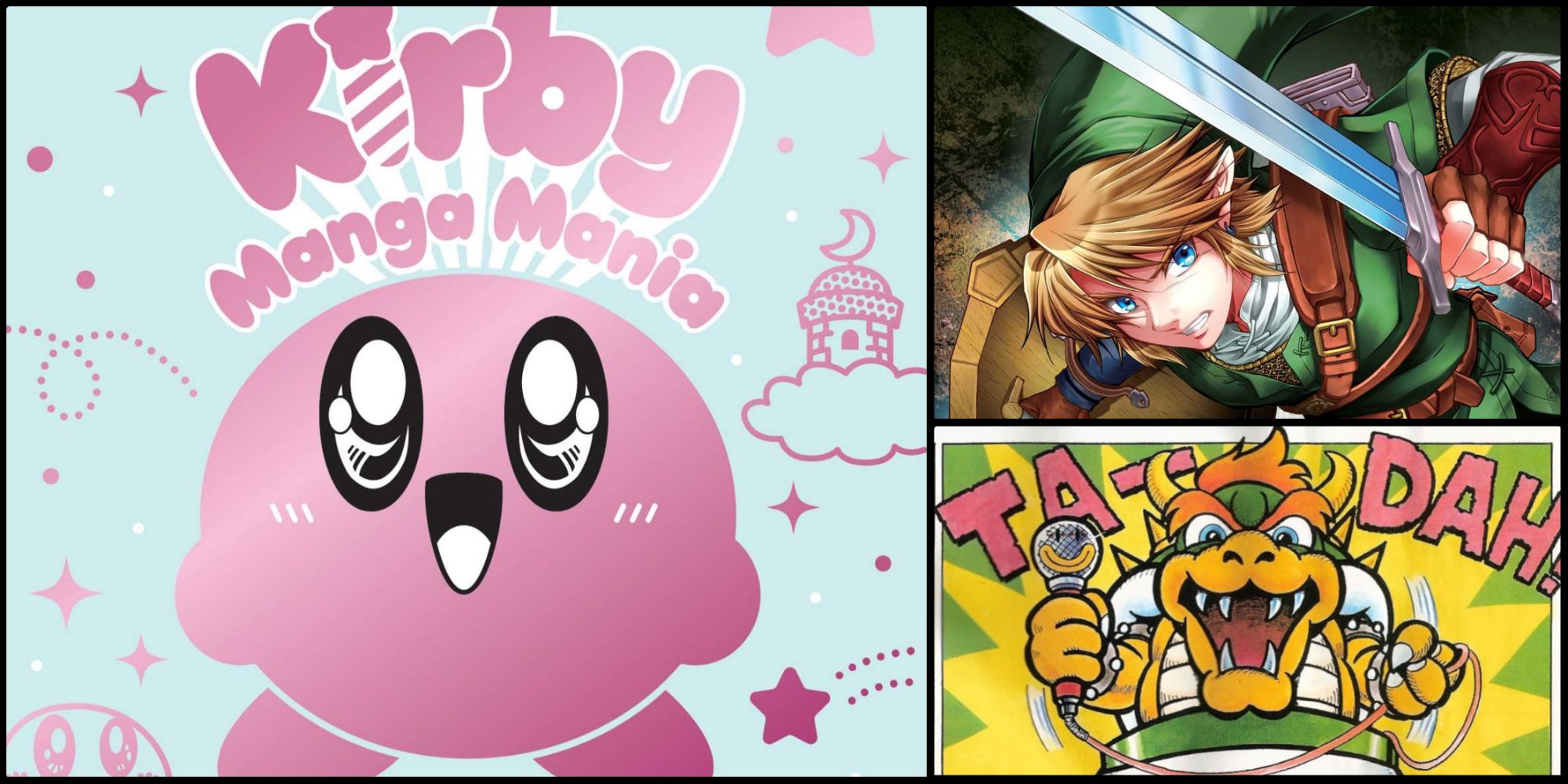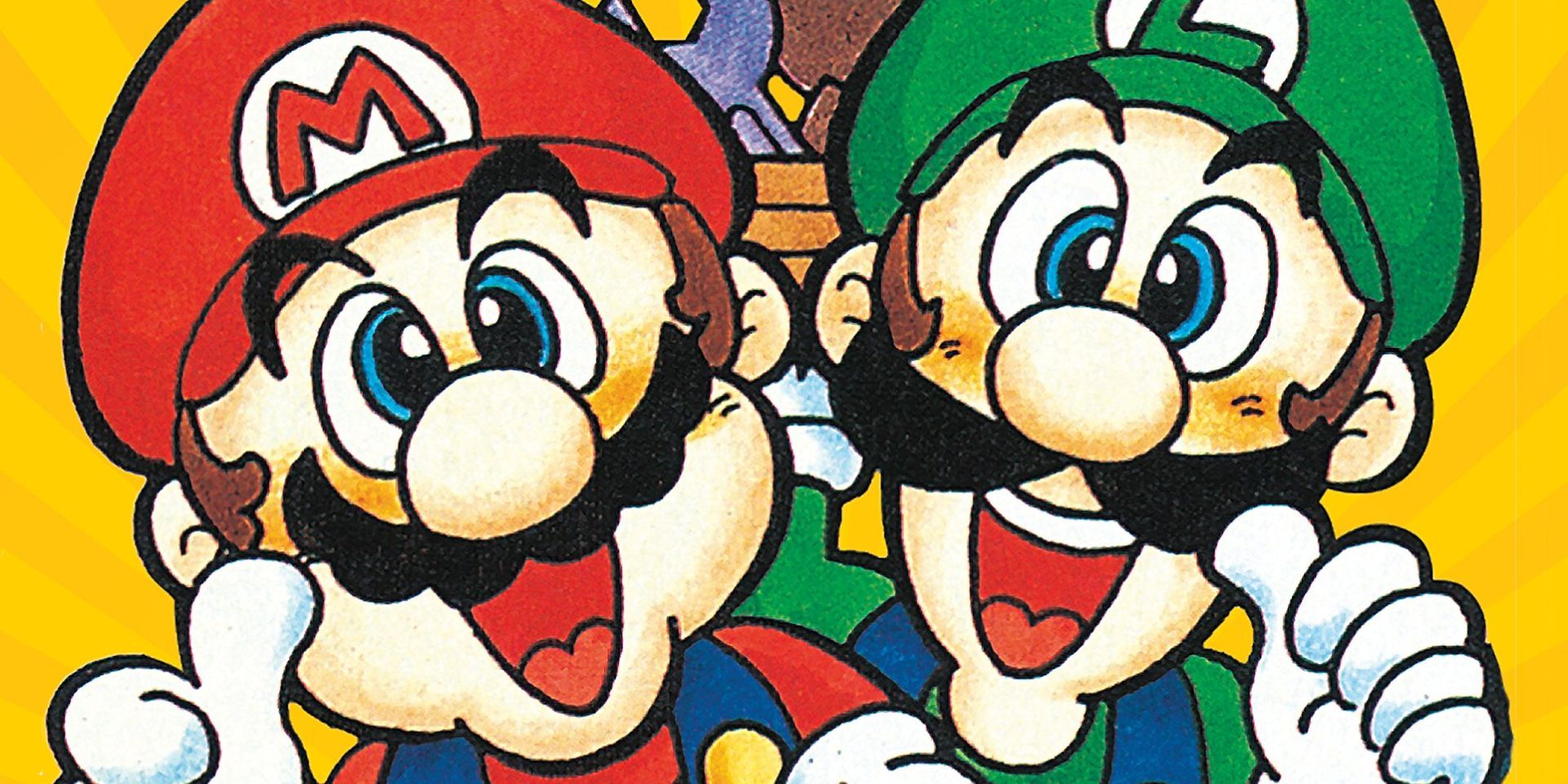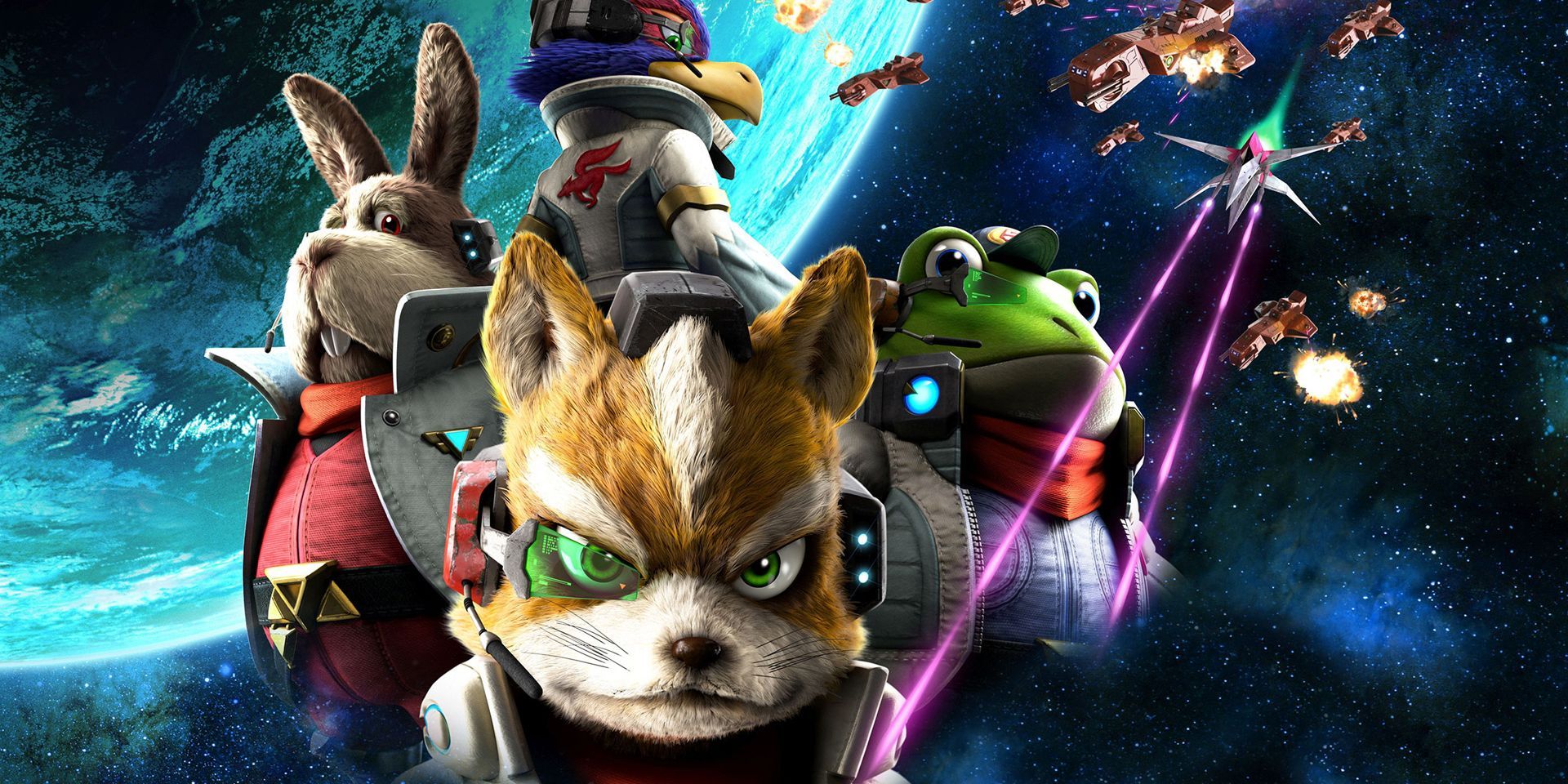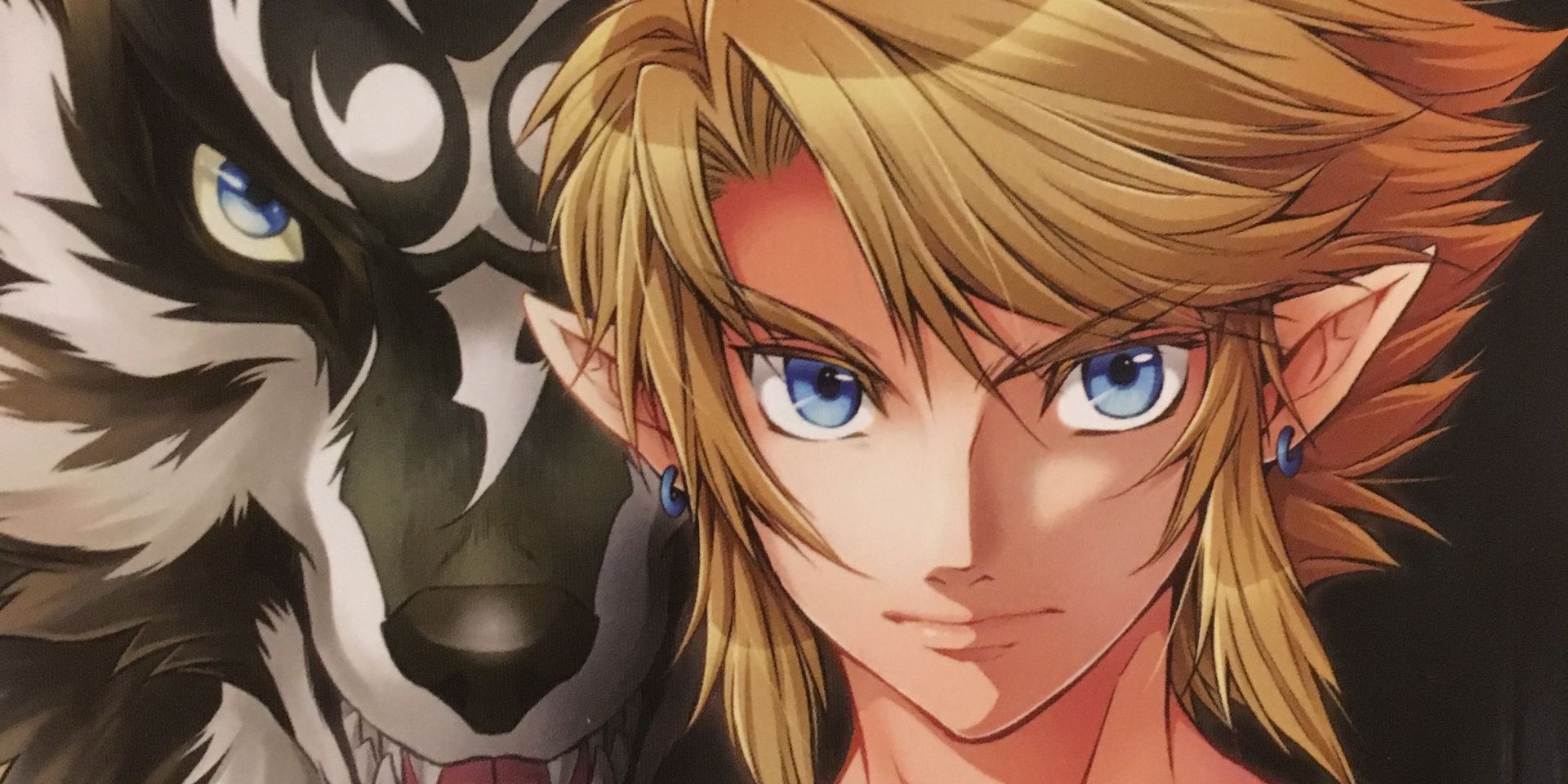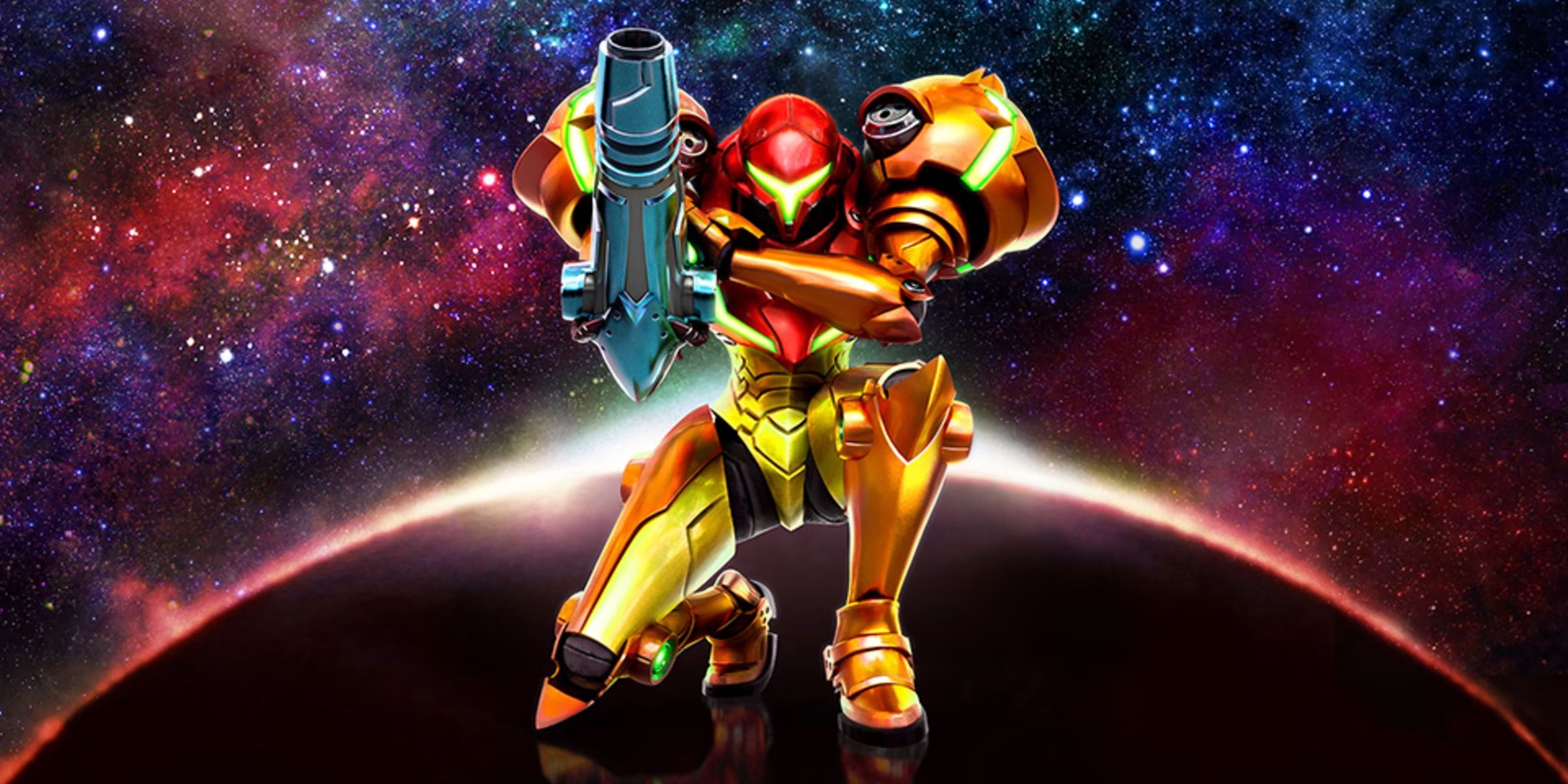Nintendo might not have that many franchises reliably getting new releases, but their biggest characters are the closest that video games get to having a full-on mascot. They have also had a strong presence in magazine publishing, with Nintendo Power being one of the most popular publications of its day and the longest-running video game magazine ever. It’s no surprise, then, that many of Nintendo’s most popular characters have been featured in multiple comics throughout the years.
Time might have passed, but many of Nintendo’s classic comic adaptations from the early ’90s are still very popular. Series like Super Mario Adventures and Star Fox remain a highlight of Nintendo's non-gaming contributions to this day. But Nintendo hasn’t abandoned the comics market just yet. Many original series like the new Kirby manga and the latest The Legend of Zelda adaptations are among the best works published by Nintendo, at least outside video games.
5 Mario — Super Mario Adventures
Super Mario Bros. adaptations aren’t a rare sight. From cartoons and comics to blockbuster movies and educational games, Mario is the face of video games just as much as it is the face of Nintendo in any of its forms. Yet of all these adaptations, Super Mario Adventures is undoubtedly the most popular with fans of the series. It is also regarded as one of the best Nintendo Power comics.
This Super Mario Bros adaptation has a charming sense of humor and solid art style, as well as a willingness to build on the games’ simple premise. The original run is from 1993, but the series was re-released just a few years ago. Copies are cheap and widely available in most places — remarkable for any original Nintendo Power series, let alone one as long and in demand as this one.
4 Fox McCloud — Nintendo Power’s Star Fox
Nintendo Power ran from the late ’80s all the way to 2012. Unlike most other video game magazines, the many comic adaptations of Nintendo’s franchises published within its pages were a central ingredient in what kept readers coming back. The Star Fox comics ran, like many others, for just a handful of issues, but still managed to make a strong impression on readers of the time and of today.
2017’s Star Fox Zero, the latest in the series, was released over 10 years after the previous installment. It’s unlikely, then, that the series will ever go back to being one of Nintendo’s staples. Because of this, the Star Fox comic might be worth more now than it was in its days. The entire plot doesn’t mesh well with the Fox McCloud that fans know today, having been heavily retconned by a series that is now all but dead.
3 Link — The Legend of Zelda: Twilight Princess
The Twilight Princess manga adds a lot of lore to the game’s story, which itself was already one of the most wordy in the Zelda series. For players that loved being immersed in this dark Hyrule and want more of the same kind of story, this is the Zelda manga to start with. What’s more, unlike most other Zelda comics, Twilight Princess doesn’t have to cut to the bones of the story because of time constraints.
The Legend of Zelda: Twilight Princess isn’t the only comic featuring Link, but it is the latest and the best-received one. It’s also the longest, with a full 10 volumes of old and new stories. Where other Zelda comics had to cut content from what’s in the games, Twilight Princess is free to linger, whereas the original had to move on quicker than it might have wanted. Players that want to relive this almost 20-year-old game, perhaps with more story and less dungeon crawling in between, should do well to pick up Akira Himekawa’s Twilight Princess.
2 Samus Aran — Metroid (Magazine Z)
Unlike plenty of other video game adaptations, this Metroid manga from 2002 details quite a lot about the games' lore, and most of it is still entirely relevant. It includes details about Samus’ past, from Ridley’s attack on her family well before Metroid 1 and bridging gaps in the series all the way to Metroid Fusion.
This short, two-volume series features the Chozo heavily and details their relationship with Samus. Though some of these details have been retconned by Metroid: Other M, most are still as relevant to the series as they were in 2002. That is to say, they add some more weight to a handful of scenes from each game, but they’re otherwise completely inconsequential.
1 Kirby — Kirby Manga Mania
The Kirby games are possibly the most kid-friendly of all of Nintendo’s franchises. Kirby himself is a simple shape with a face and hands that can only say “Poyo.” He spends his days taking walks through green fields and having buffet/marathon hybrids with his friends. Kirby Manga Mania leans instead toward nonsense comedy and not-quite-adult humor, in a way almost unheard of in the series. Be warned, though: sometimes the humor might be considered not entirely adequate for children, like King Dedede thinking he has cancer or Kirby making a breast-shaped sandcastle.
In Kirby Manga Mania, the happy pink blob can finally talk, and he’s using that newfound power to call the police on King Dedede. He uses his most recognizable ability, taking on different appearances, to rip off popular franchises like Battle Cats and James Bond. Kirby even gets into a love triangle with Ribbon and Ado, until he gets distracted with something else, and the two are left going to a singles' mixer. Kirby Manga Mania might not be the most polished product coming out of Nintendo, but it is an absolute must-read across all Nintendo comics.

